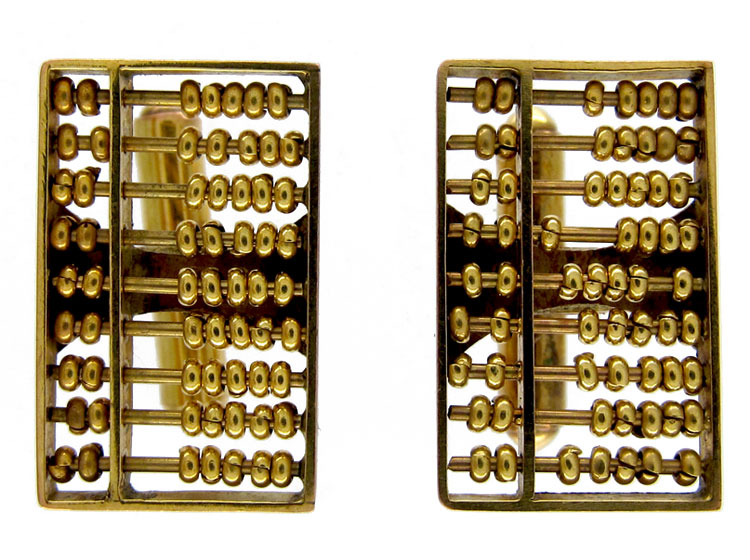


Next steps are further drill testing of these targets, possibly preceded with an expansion of the geophysics on adjacent lines. Past drilling was neither extensive enough, deep enough nor optimally placed to adequately test the system. The reprocessing also identified several high angle chargeability anomalies that may be feeders to the extensive flat lying anomalies. Past drilling clearly indicates that they contain gold and silver, along with a suite of other elements typical of these precious metal bearing systems. The Company believes that the reprocessing has highlighted the fact that the best portions of the IP targets are essentially untested. Of note is the fact that structures appear to bracket both resistivity anomalies, possibly indicating sub-basins within the larger basin. Structures are both parallel to and at high angles to the range front fault. The reprocessed IP geophysics was also used to interpret structures (faults) in the basin. at the end of the hole (also a down hole rather than true width).This hole was drilled beneath an outcropping sinter, which is related to ongoing hot springs geothermal activity. The second IP anomaly appears to have been intersected by historic drill hole 06JC017C, which hit narrow zones of anomalous gold and silver throughout, including 0.18 g/t gold over 29.87 m. All intercepts are down hole lengths as insufficient drilling was done to determine true widths. Drill hole 06JC015C assayed 0.18 g/t gold and 3.6 g/t silver over 6.09 m part way through the hole and then 1.58 g/t gold over 1.52 m near the end of the hole. The best results from drill hole 06JC014C were 1.18 g/t silver over 13.1 m near the top and then 0.19 g/t gold over 13.4 m near the end. Numerous anomalous gold and silver intercepts are associated with typical gold pathfinder minerals, in particular elevated levels of arsenic, antimony and mercury. Both contain >1% pyrite with occasional realgar and stibnite throughout the holes. Two historic diamond drill holes appear to have just grazed this anomaly but were not optimally oriented. The first IP anomaly underlies a gold-in-soil anomaly defined by a previous operator. The second target is smaller and deeper but is also present on all lines. The first is a shallow, relatively flat resistivity low that appears to plunge moderately to the southwest, and it is present on all four IP lines. The reprocessed IP data very clearly shows two targets marked by moderate to high chargeability and low resistivity. They then initiated a limited four-line IP survey over the gravels in the valley. The previous operator completed a large-scale ground magnetic survey in the early 2000’s which extended well beyond the current property. A distinctive sinter associated with hot springs activity is exposed out in the valley gravels. Jersey Valley is underlain by an uplifted range of sediments and intrusives to the east and an extensive basin covered by gravels to the west, separated by a prominent, brecciated range front fault. This data has now been fully reprocessed by JL Wright Geophysics, and it shows the presence of compelling untested drill targets. In its place, the Company has taken the time to locate and acquire the raw magnetic and IP geophysics done over Jersey Valley by a previous operator. The Company has been delayed in implementing a previously planned field program due to closures, travel restrictions and other effects of the COVID 19 pandemic.
ABACUS GOLD UPDATE
VANCOUVER, British Columbia, J(GLOBE NEWSWIRE) - Abacus Mining & Exploration Corporation (“Abacus” or the “Company”) (TSXV: AME) is pleased to provide an update regarding ongoing work undertaken on its Jersey Valley gold property, within the Battle Mountain trend of northern Nevada.


 0 kommentar(er)
0 kommentar(er)
